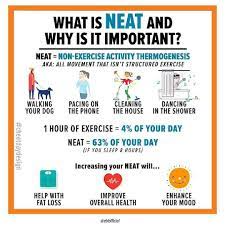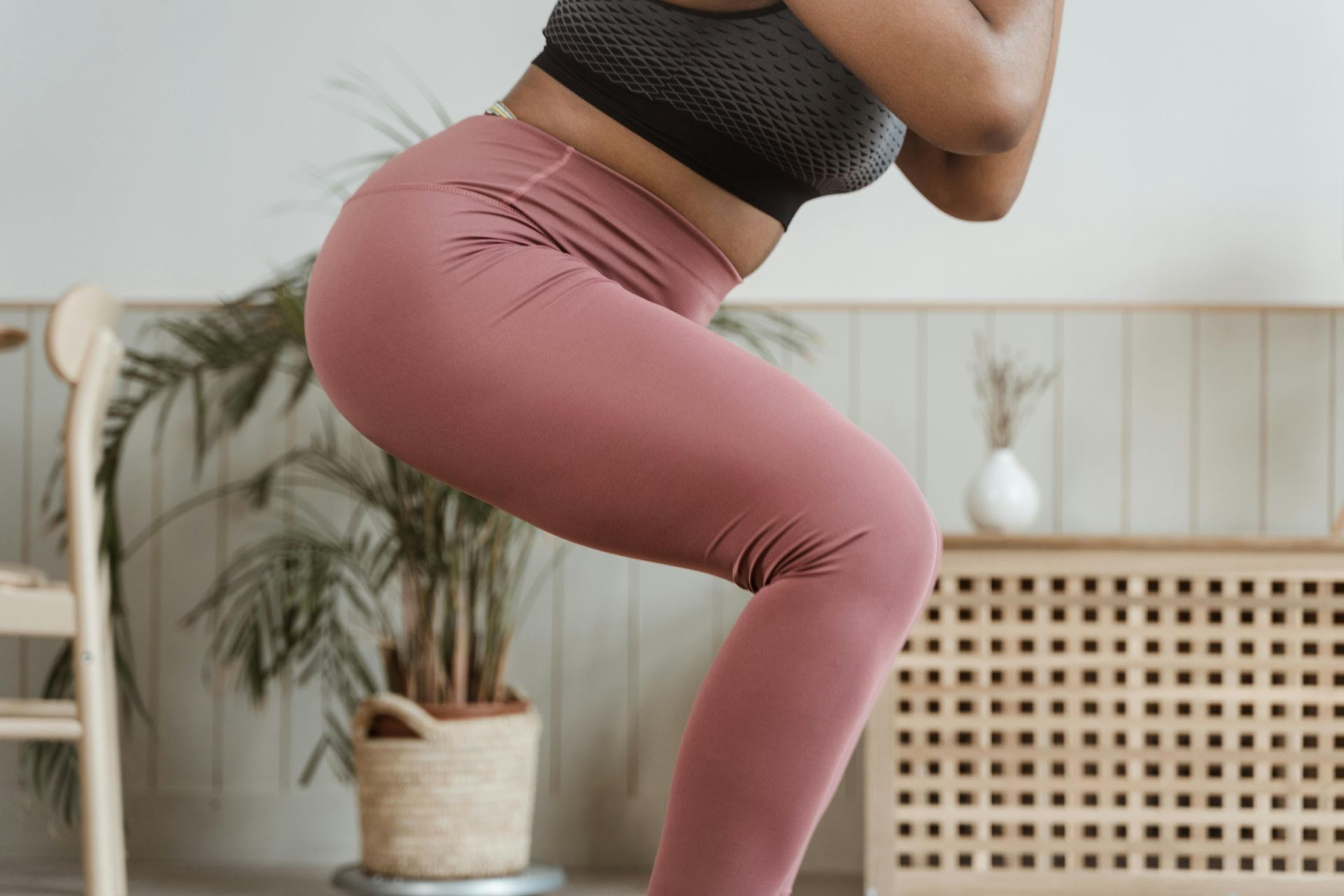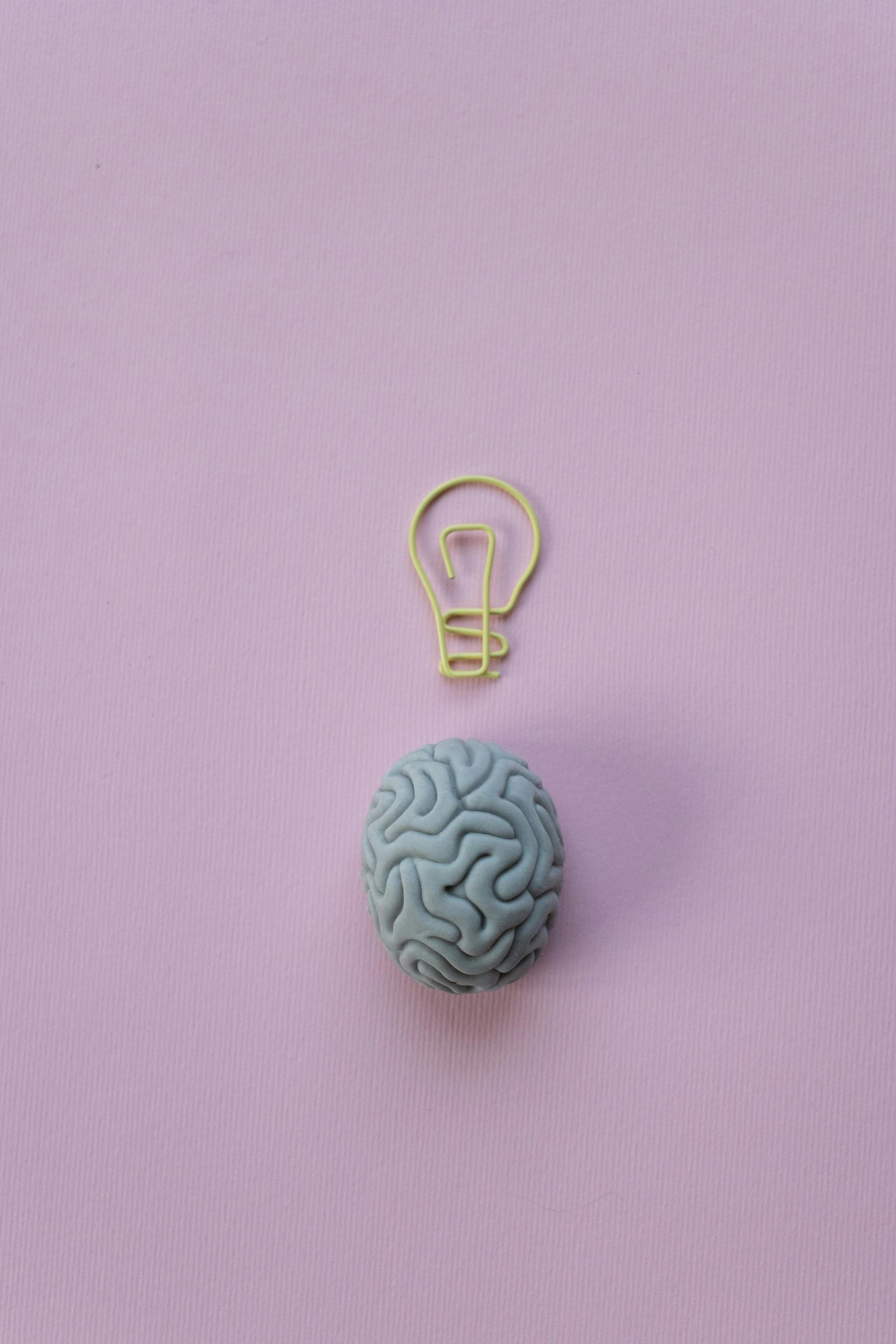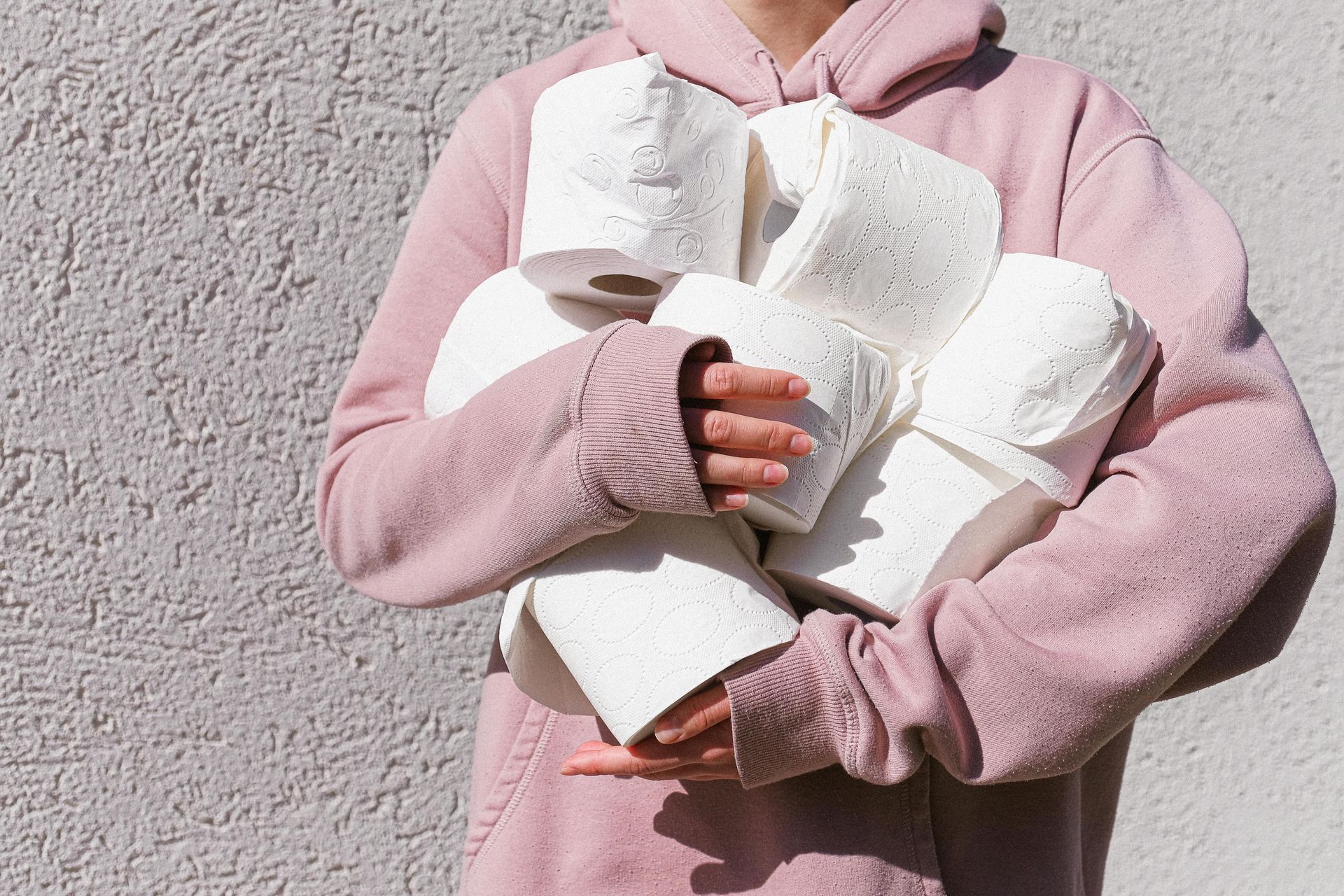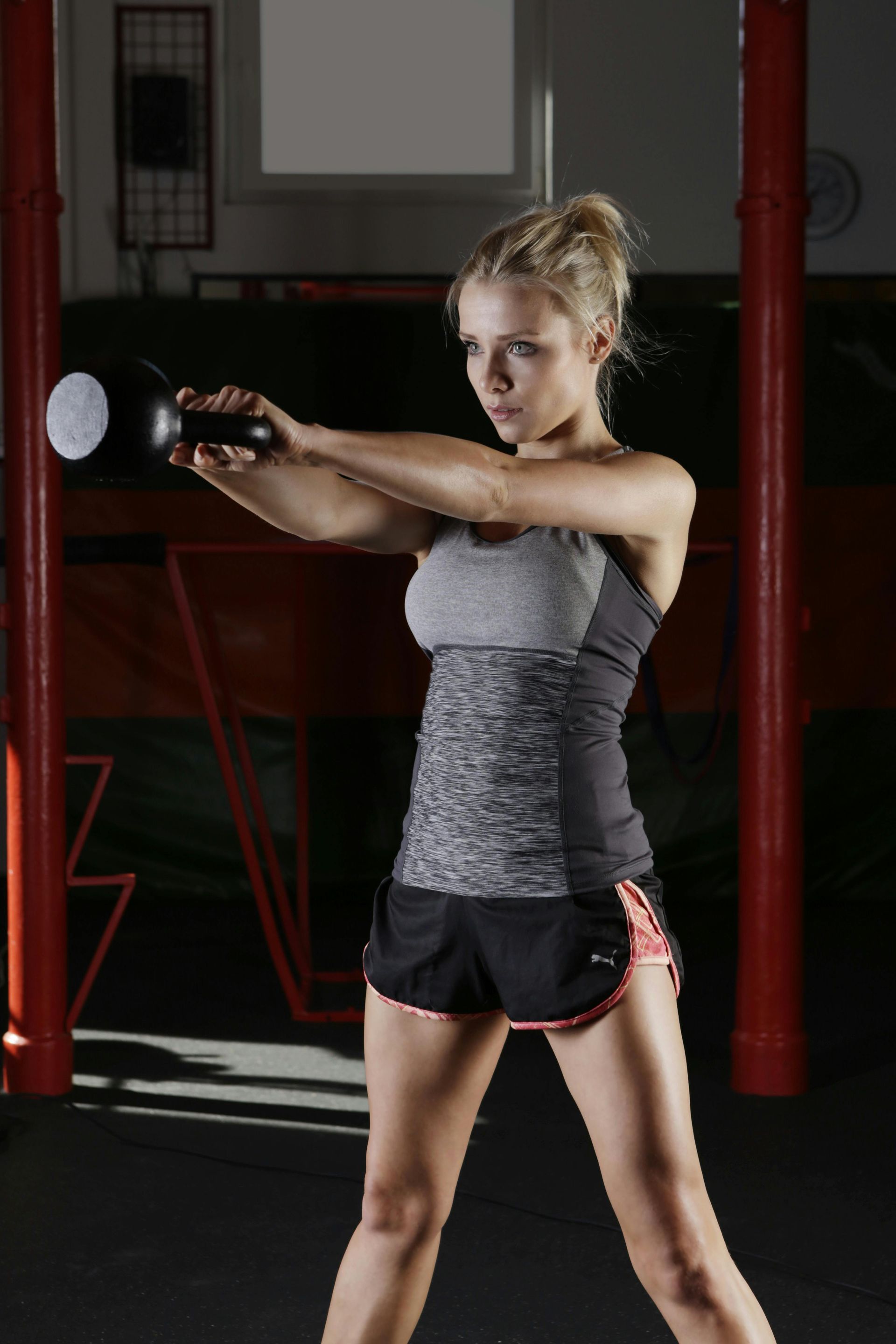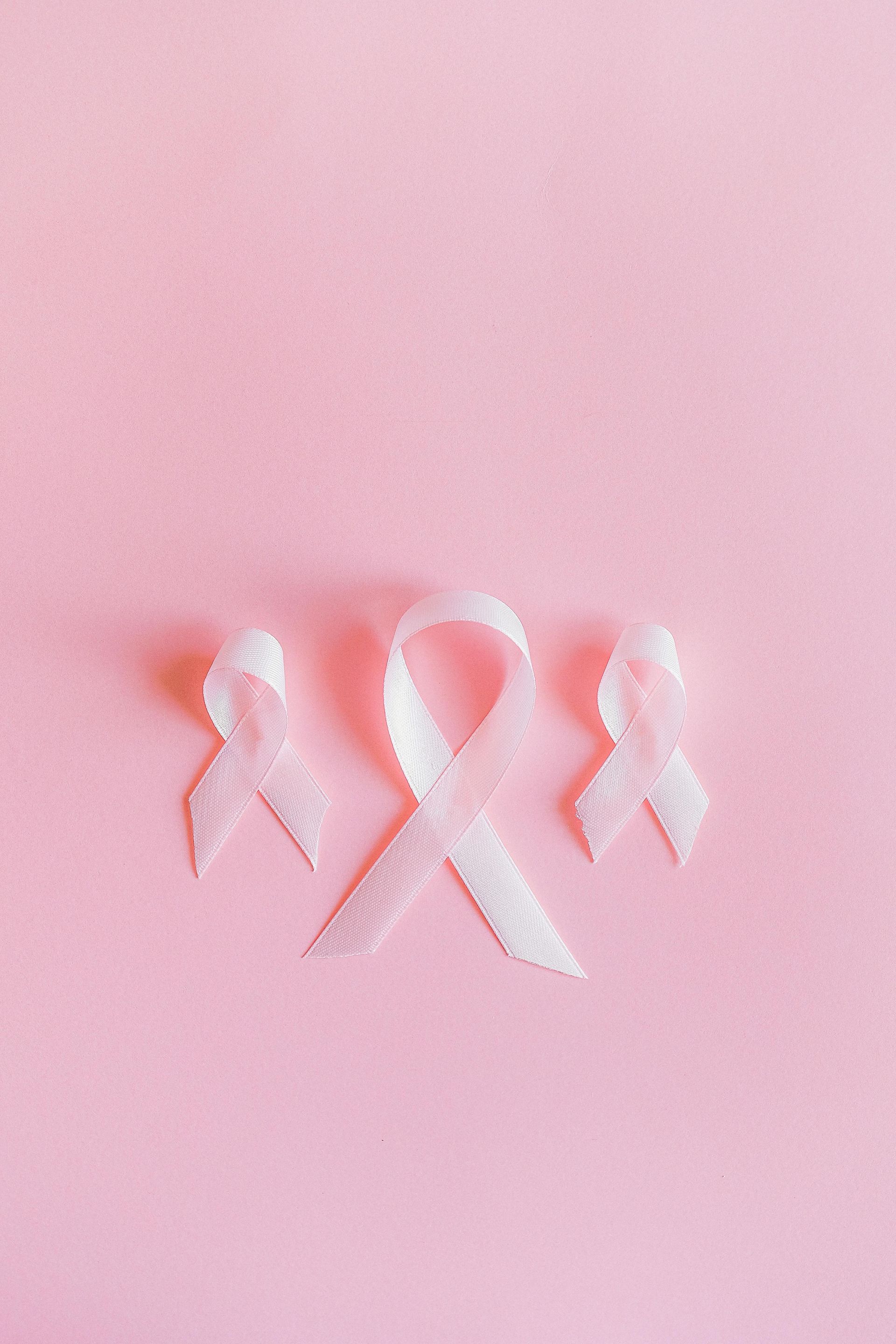What you do every day determines your daily levels of NEAT. If you’re on your feet and physically active throughout the day, you will have higher levels of NEAT.
If you sit all day, your NEAT levels will be low and you’ll want to develop habits that increase your levels throughout the day.
Like what, please?
• Stand more. If you usually sit all day, try standing for some of that time – I sometimes take my laptop to the kitchen counter and work from there. Another option, if you don’t have a standing desk, is to raise your laptop on some shelving.
If that’s not practical for you, stand up for at least 5 minutes every time you complete a task. Set a timer to help you remember to take standing breaks.
Those of you who come to Stretch know that I’m always banging on about taking stretch breaks a couple of times each day. Check out my blog on stretches to do if you sit at a desk all day for some ideas on things you can do.
Have you tried sitting on a stability ball? This makes you sit up taller, use your core and/ or fidget a bit more.
If you’ve been enjoying the joy that is endless Zoom/ Webex/ Teams/ Bluejeans calls, dial in with your phone, switch off the camera and take your phone for a walk! A half hour phone call while pacing will burn more calories than sitting wondering why your face looks so weird on the screen.
PS – take the phone outside and walk in the fresh air for the double win!
• Fidget: Did you parents tell you sit still and stop fidgeting all the time? Ignore them! It’s a great way to increase NEAT.
Studies have shown that sedentary people who fidget more than non-fidgeters are healthier and burn more calories than those who don’t.
A study over 12 years, comparing low, medium and high fidgeting among sedentary women concluded that the high fidgeting group had the lowest health risks from being sedentary.
• Go to the shops: Mr Jeff’s online shop has made it very easy to never leave the house. I think he’s had quite enough money out of all of us now, given that he’s bought his own spaceship! Off you pop to the shops – your High Street needs you!
Double win if you can walk back carrying your haul!
• Walk more. Go for a short walk during your lunch break and take the long way around to where you’ve parked your car.
Now that people are drifting back to the office, walk to your colleague’s desk instead of calling; take the stairs to another floor instead of taking the lift; and if you’re commuting, you know you want to hike up the Kilimanjaro-like escalator from the Underground up to the train platforms at Waterloo.
• Count your steps. What gets measured gets done! Using a pedometer or your phone will help you monitor the number of steps you take in a day and will remind you to become aware of your movement for the day.
The recommendation is for 10,000 steps, but set yourself an achievable target and work up to it if you’re a bit out of practice. By the way, if you have a FitBit and want to friend me for a little light competition, I am up for that!

